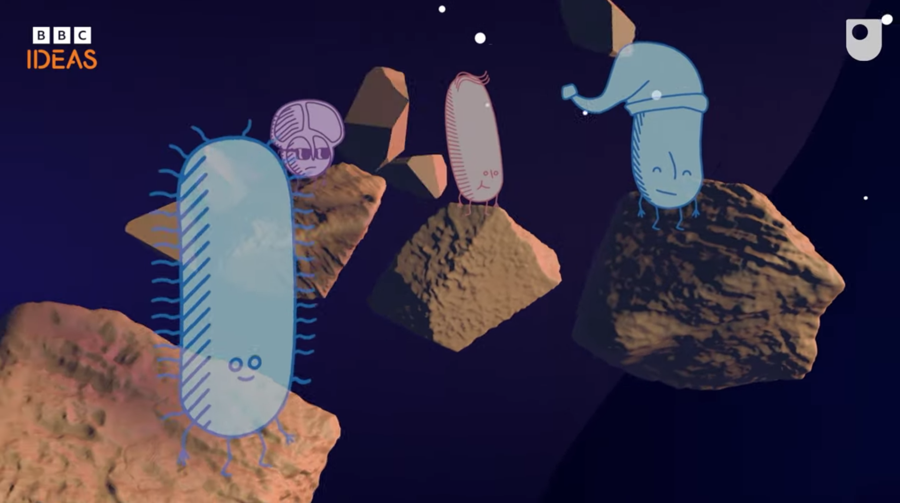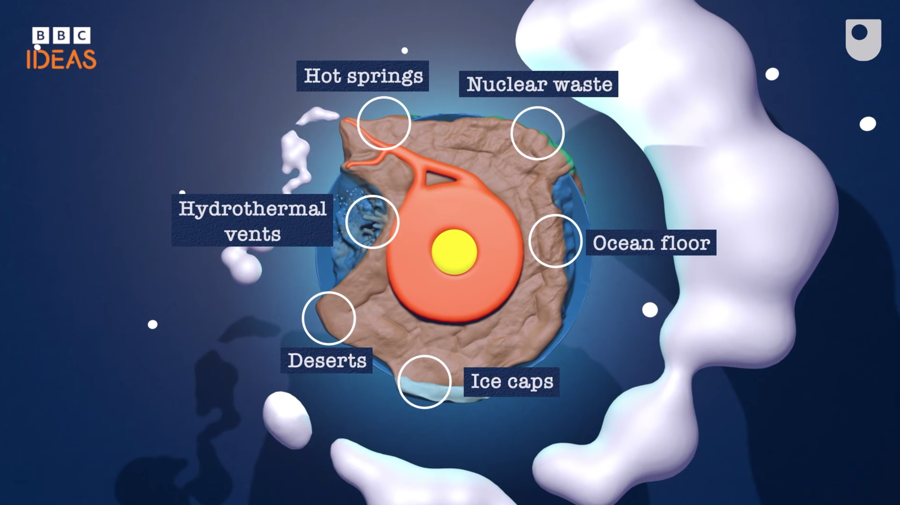Finding life beyond our planet is one of the most exciting and profound pursuits in science. This question has driven astronomers, astrobiologists, and space enthusiasts for generations. And as we continue to explore the cosmos, the hunt for alien life has only intensified. panspermia
But those aliens are probably not the “little green men” of our science fiction stories. According to a theory called Panspermia, alien life would more likely arrive via comets or meteorites, not UFOs.
Panspermia is a concept that suggests life may have been seeded between our local planets or throughout the universe through meteorite impacts, interstellar dust, or other space debris.
“Here’s what we know,” explains Professor Brian Cox in this video from BBC Ideas:
“Life is incredibly adaptable, just look at the way our own species has managed to thrive across the globe, and microorganisms, such as archaea and bacteria, over the course of millions of years of evolution have been able to modify themselves in order to adapt to a vast range of conditions.”
“This means that today there are microbes that can survive on a variety of diets – sulphur, ammonia, the metal manganese, and in the presence or absence of oxygen. Some even survive in the most extreme conditions Earth has to offer…”
“They may not be little green aliens, or intelligent life as we understand it, but the very possibility that life could have transferred across the solar system and beyond is deeply intriguing.”
Learn about different kinds of microbes and extremophiles—pyrococcus furiosus, psychrobacter frigidicola, and deinococcus radiodurans, to name a few—as well as some of the relatively recent interplanetary discoveries that help make panspermia a credible hypothesis.
Pomona Pictures created this video in collaboration with The Open University.
Watch these extremophile and space rocks videos next:
• How do you find water bears (tardigrades) in the wild?
• The Grand Prismatic Spring: One of Nature’s Most Amazing Sights
• Space Rocks: Comets, asteroids, meteors, and meteorites
• Inside the Meteorite Clean Room at the Smithsonian
• What is a comet made of? Dara Ó Briain’s Science Club demonstrates
Curated, kid-friendly, independently-published. Support this mission by becoming a sustaining member today.





